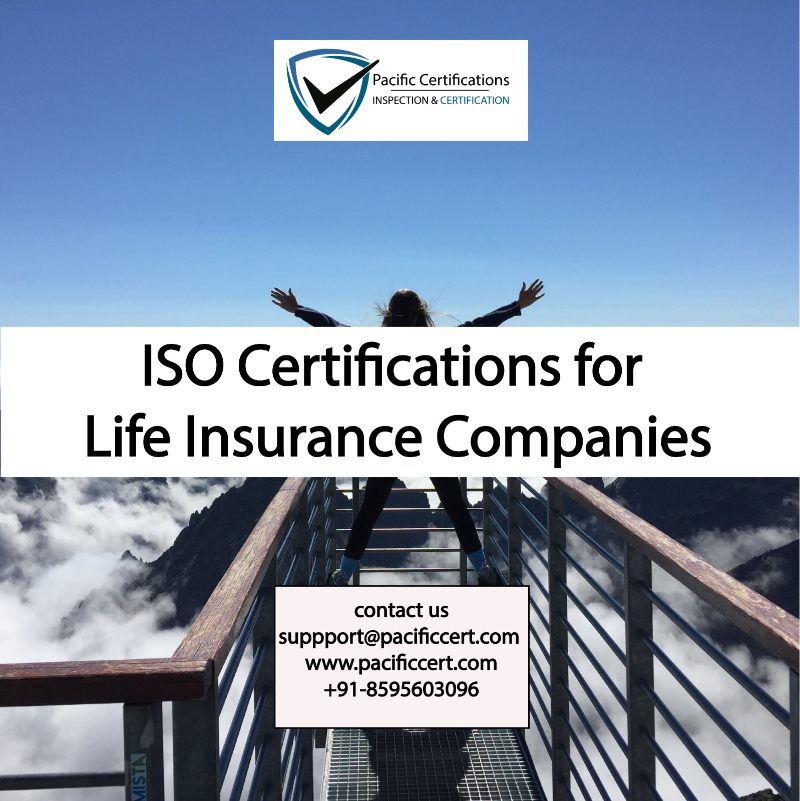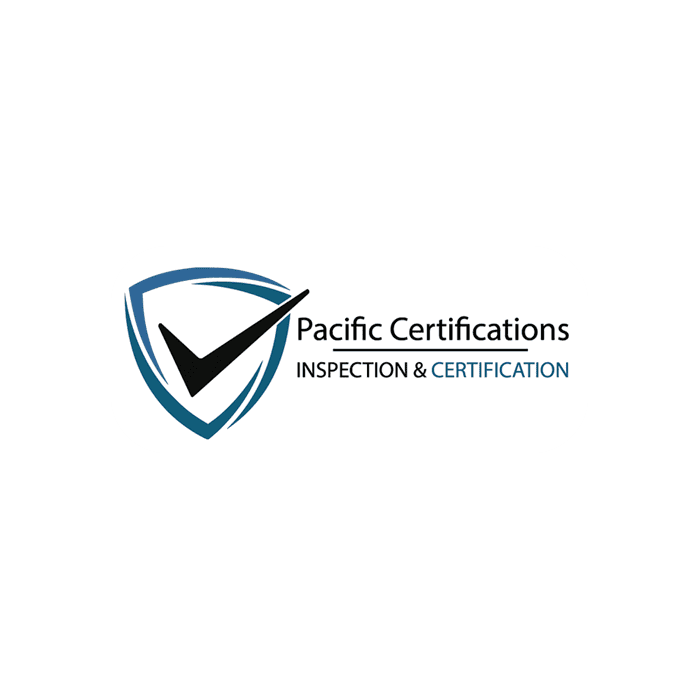ISO Certifications for Life Insurance Businesses, Requirements and Benefits

Quick Summary
Life insurance companies are increasingly adopting ISO certifications to enhance operational quality, security, resilience, and stakeholder trust. Key relevant standards include ISO 9001 for establishing a quality management system; ISO/IEC 27001 to safeguard sensitive customer, financial, and policy data; ISO 22301 for business continuity management; ISO 31000 as a risk management guideline; and ISO 45001 to promote a safe workplace environment. Certification demands gap analysis, documented systems, internal audits, corrective action, and external audits by accredited bodies. The main benefits include stronger credibility, regulatory compliance, operational consistency, risk mitigation, improved data protection, and competitive differentiation in the insurance sector.
Introduction
ISO certifications for life insurance companies are crucial in establishing a robust, reliable, and efficient management system that aligns with international standards. These certifications not only enhance the operational effectiveness of the insurance companies but also bolster their credibility and trustworthiness in the eyes of customers, stakeholders, and regulatory bodies. For life insurance companies, several ISO standards are particularly relevant:
ISO 9001: Quality Management Systems:
This is one of the most widely recognized standards. ISO 9001 focuses on establishing a quality management system that ensures consistent service quality, customer satisfaction, and continuous improvement. For a life insurance company, this standard can help in streamlining processes, improving customer service quality, and enhancing overall operational efficiency.
ISO 27001: Information Security Management Systems:
Given the sensitive nature of data handled by life insurance companies, including personal and financial information of clients, ISO 27001 is critical. This standard helps organizations in managing the security of assets such as financial information, intellectual property, employee details, and information entrusted by third parties. Implementing ISO 27001 can help life insurance companies in establishing, maintaining, and continually improving an information security management system (ISMS).
ISO 22301: Business Continuity Management Systems:
This standard is focused on ensuring the resilience and continuity of business operations in the event of disruptions or disasters. For life insurance companies, which must guarantee long-term services and commitments to their policyholders, maintaining operational continuity is vital. ISO 22301 helps in identifying potential threats to an organization and building effective responses to safeguard its interests.
ISO 31000: Risk Management – Guidelines:
While not a certifiable standard, ISO 31000 provides guidelines on managing risks faced by organizations. Life insurance companies, which inherently deal with risk, can benefit from the framework provided by ISO 31000 to effectively identify, assess, and manage risks in their business processes.
ISO 45001: Occupational Health and Safety Management Systems:
This standard helps organizations in providing safe and healthy workplaces, preventing work-related injury and ill health, and proactively improving OH&S performance. For life insurance companies, implementing ISO 45001 can ensure a safer workplace, which is essential for employee well-being and productivity.
We at Pacific Certifications can assist life insurance companies in understanding these standards, conducting gap analyses, and providing guidance through the certification process.
Our team of experts is well-versed in these standards and can offer tailored support to ensure that your organization not only achieves these certifications but also derives maximum benefit from implementing these internationally recognized best practices.
For more detailed information on how we can assist your life insurance company with ISO certifications, please reach out to us at [email protected]. We are committed to guiding you through every step of the certification process, ensuring that your organization meets international standards and excels in its operational efficiency and service quality.
Requirements of ISO Certifications for Life Insurance Services
The requirements and benefits of ISO certifications for life insurance companies encompass a broad range of operational, strategic, and compliance aspects. These certifications are designed to ensure that companies not only adhere to international best practices but also optimize their performance and service delivery.
Let's delve into the specific requirements and benefits of key ISO certifications relevant to life insurance companies:
ISO 9001 (Quality Management Systems) Requirements
- Establishing a Quality Management System (QMS): This involves defining quality policies, objectives, processes, and procedures relevant to the core business activities of the life insurance company.
- Leadership Commitment: Top management must demonstrate commitment to the QMS, ensuring resources are available, roles are assigned, and quality objectives are set and reviewed.
- Risk-Based Thinking: Identifying and addressing risks and opportunities associated with organizational context and objectives.
- Continuous Improvement: Implementing a continuous improvement process is a fundamental requirement.
ISO 27001 (Information Security Management Systems) Requirements
- Establishing an ISMS: This includes defining security policies, identifying information assets, and assessing risks.
- Risk Management: Implementing controls to manage or mitigate identified risks, and regularly reviewing their effectiveness.
- Legal Compliance: Ensuring compliance with data protection laws, regulations, and contractual obligations.
- Employee Awareness and Training: Employees must be aware of the importance of information security and trained in their specific responsibilities.
ISO 22301 (Business Continuity Management Systems) Requirements
- Understanding the Organization: Identifying critical business functions and the impacts of potential disruptions.
- Business Continuity Strategies and Solutions: Developing strategies to mitigate the impact of disruptions.
- Business Continuity Plans and Procedures: Establishing and documenting plans for response and recovery.
- Testing and Exercising: Regular testing to ensure plans are effective and up-to-date.
ISO 31000 (Risk Management) Requirements
- Risk Identification and Assessment: Systematically identifying and assessing risks that could impede the organization's objectives.
- Risk Treatment: Implementing appropriate measures to manage identified risks.
- Monitoring and Review: Continuously monitoring the risk environment and the effectiveness of risk treatment measures.
ISO 45001 (Occupational Health and Safety Management Systems) Requirements
- OH&S Policy and Objectives: Establishing an occupational health and safety policy and setting objectives.
- Hazard Identification and Risk Assessment: Identifying workplace hazards and assessing risks.
- Operational Controls: Implementing controls to manage OH&S risks.
- Worker Participation and Training: Involving employees in OH&S matters and providing necessary training.
Benefits for Life Insurance Services
Enhanced Quality and Efficiency:
ISO 9001 helps in streamlining processes, reducing errors, and improving efficiency, leading to higher customer satisfaction.
Improved Information Security:
ISO 27001 certification ensures robust data protection, enhancing trust among customers and stakeholders.
Business Continuity Assurance:
With ISO 22301, life insurance companies can demonstrate their ability to continue operations during and after a disruptive event, which is crucial for maintaining customer trust and business stability.
Effective Risk Management:
ISO 31000 provides a framework for managing risks effectively, aiding in decision-making and strategic planning.
Workplace Safety:
ISO 45001 promotes a safer work environment, which can lead to reduced workplace accidents and illnesses, and increased employee well-being.
Conclusion
We can guide life insurance companies through the intricacies of these ISO standards, ensuring that they not only meet the requirements but also reap the full benefits of certification. Our approach is to work closely with your organization, understanding its unique challenges and opportunities, and tailoring our support to meet your specific needs.
Pacific Certifications is accredited by ABIS, in case you need support with ISO certification for your business, please contact us at [email protected] or +91-8595603096.
Ready to get ISO certified?
Contact Pacific Certifications to begin your certification journey today!
Suggested Certifications –
Read more: Pacific Blogs

